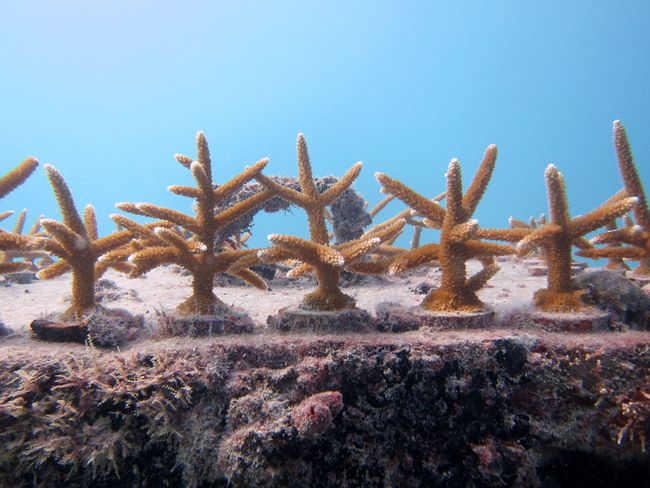AICE Enviro unit 6
1/17
There's no tags or description
Looks like no tags are added yet.
Name | Mastery | Learn | Test | Matching | Spaced |
|---|
No study sessions yet.
18 Terms
Distribution of earth’s water
saltwater in oceans 97.5%
surface freshwater
ice sheets, glaciers 79%
lakes 52%
rivers, swamps, marshes, permafrost
subsurface water
soil moisture 50%,
groundwater 20%,
permafrost
atmospheric water
Water security
the ability to access sufficient quantities of ocean water to maintain adequate standards of food and manufacturing of goods, adequate sanitation, and sustainable healthcare.
Causes of water insecurity
climate change, precipitation changes
natural disasters, drought/flooding
pollution events
inadequate sanitation
population growth, changes in land usage including deforestation and urbanization.
competing demands from agricultural, industrial, energy and domestic sectors
Mismanagement of irrigation, including salinization
international competition of availability between water rich and water poor regions
differing access to safe drinking water in urban and rural areas.
Positive feedback loop
water taken out of an area is recycled back in but not at the same rate it is taken out
does not always come back in same form
Natural drainage
Natural ground cover
storm water infiltrates into ground
plants and trees work to absorb storm water
Urban stormwater drainage
city setting 70-100% imperious surface areas
water hits imperious surface and runs off roofs, streets, parking lots etc.
water runoff goes into sewers
30% evaporation
55% run off
10% shallow infiltration
5% deep infiltration
Mismanagement
water is underpriced to allow easy access to safe drinking water, this distorts its value
ex. leaks, wasteful irrigation, overflowing groundwater, not conserving during dry season.
Salinization
increase of salt concentration in soil and is in most cases caused by dissolved salts in the water supply
this supply of water can be caused by flooding or the land by seawater, seepage of water.
due to climate change, sea levels are rising which further accelerates the process of salinization
Clean water in rural areas bad
lack of infrastructure
more dependence on small scale local water systems (wells, rivers) which are more likely to be contaminated
less regulation and sanitation
less technology
Impacts of water insecurity
reduced crop yield or crop failure
livestock death
food shortages, malnutrition, and famine
illness caused by drinking water
diarrhea
cholera
Waterborne illness
Cholera - an infectious and often fatal bacterial disease of the small intestine, contracted from infected water supplies and causing severe vomiting and diarrhea
Diarrhea - can lead to dehydration and malnutrition in some ateas
Strategies for water security
sustainable water extraction and improved supply
piped supply, aquifers, artesian wells, boreholes, gravity fed schemes, reservoirs, and dams.
reduction in water usage
improved irrigation techniques, growing crops, less dependent on high water supply
education on sustainable water use
poverty reduction
Interational agreements and water related aid
rationing
Sustainable water extraction
boreholes
piped supply
boreholes
deep narrow hold made in the ground to locate water and oil
Internation agreement
2/3 of global freshwater flow is shared according to the UN, over 90% of the world’s population lives in countries that share water basins. Globally there are some 263 transboundary lake and river basins covering nearly one half of the Earth’s land surface and accounting for an estimated 60% of global freshwater flow. In addition, about 2 billion people worldwide depend on groundwater, which includes approx. 300 transboundary aquifer systems.
basically, everyone must share water, not one country is in control even if it crosses borders.
Coral nurseries
Coral nurseries are underwater structures used in areas where coral populations have declined due to major environmental events or disease. Corals are grown on these structures, and then transplanted back to the reef to bolster existing colonies. Coral nurseries provide protection from storms, predation and other stressors as corals grow. The goal is to transplant the healthy, nursery-reared corals back out into the degraded reef, to bolster existing colonies and help reseed damaged areas after major events.

Sluice Gates
a sliding gate or other device for controlling the flow of water, especially one in a lock gate.
Ocean currents affect marine fisheries
Ocean currents affect marine fisheries by moving nutrient-rich waters that support plankton growth, which attracts fish and other marine life. Upwelling areas, where cold, deep waters rise to the surface, create highly productive fishing zones, such as off the coast of Peru. In contrast, regions dominated by warm currents tend to have fewer nutrients and smaller fish populations.
Continental Shelves affect marine fisheries
Continental shelves support rich fisheries because their shallow, sunlit waters promote plankton growth and receive nutrients from rivers and runoff. This combination creates ideal feeding and breeding grounds for fish, making areas like the Grand Banks and the North Sea major fishing hotspots.